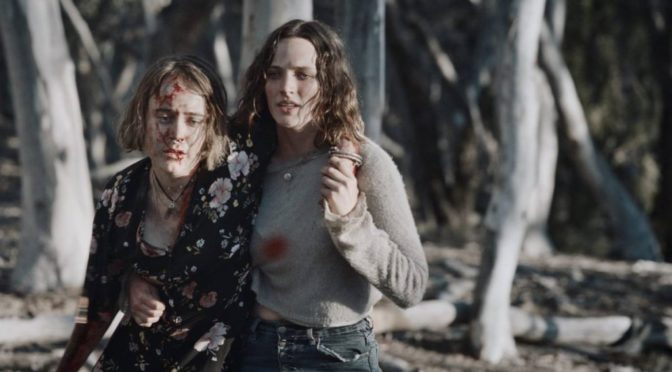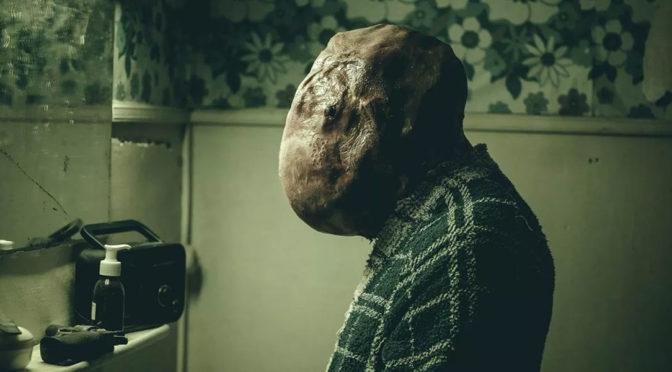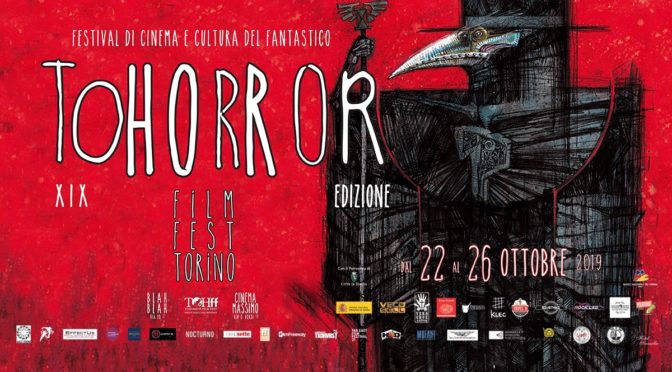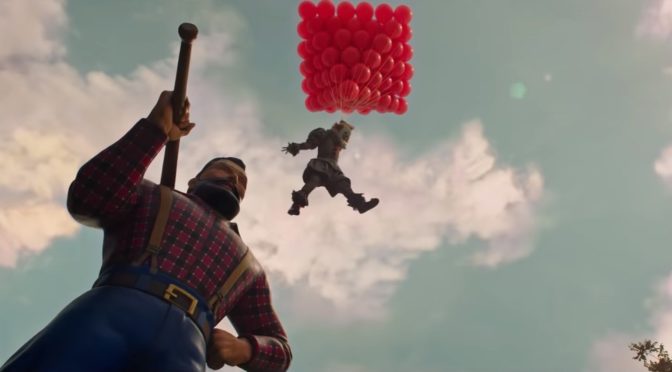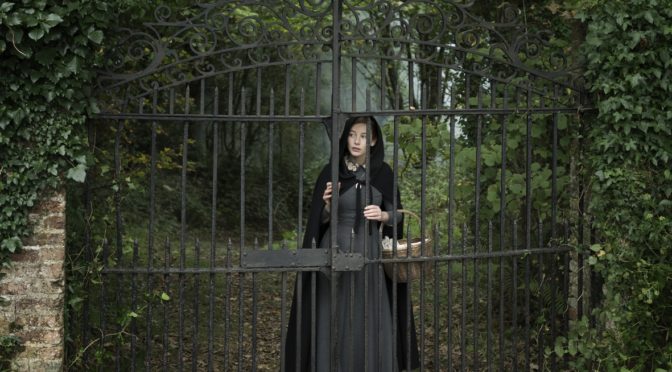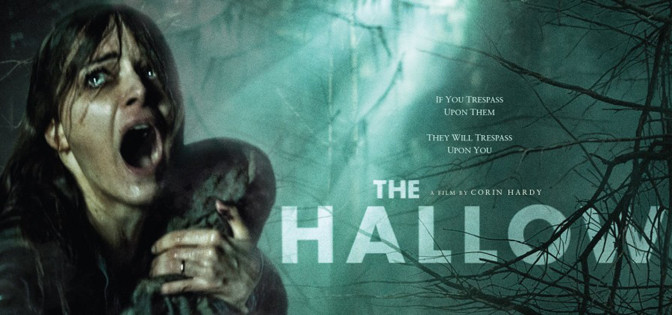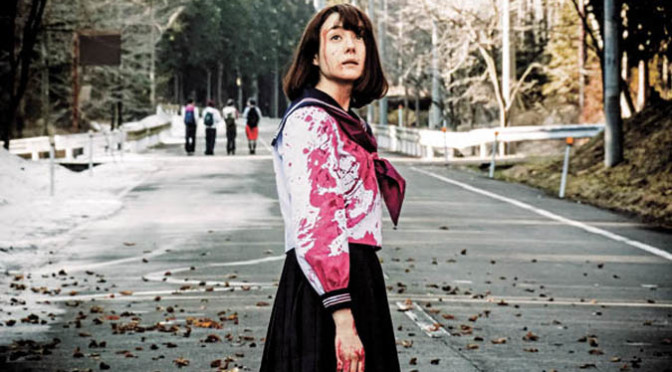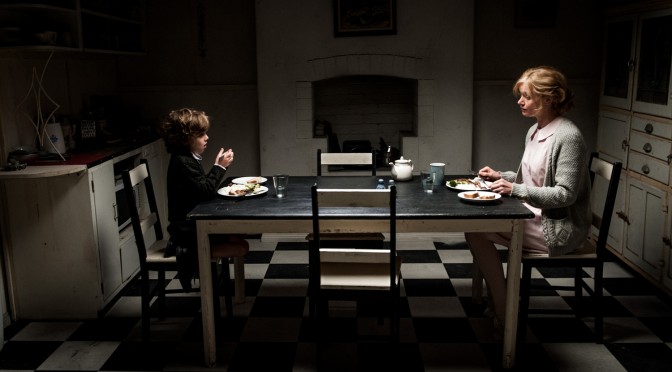Le Furie che ispirano il titolo di questo film sono, nella mitologia, divinità che puniscono chi viola l’ordine morale e vendicano i delitti di sangue.
A partire da questo richiamo, Tony D’Aquino ha costruito un perverso gioco di oppressione e vendetta, che prende forma davanti agli occhi dello spettatore attraverso continui contrasti visivi e uditivi.
Archivi tag: horror
“KUWARESMA – THE ENTITY” di Erik Matti
Luis sta camminando lungo i corridoi del college in cui studia, quando trova davanti a sé la sorella che gli intima di tornare a casa e di non lasciarla mai più sola. Pochi istanti dopo viene chiamato al telefono dal padre, che gli comunica la notizia della morte della ragazza. Continua la lettura di “KUWARESMA – THE ENTITY” di Erik Matti
“all the gods in the sky” di Quarxx
Anteprima italiana per il ToHorror film festival, All The Gods in The Sky (Tous les dieux du ciel) è il quarto lungometraggio di Quarxx: una storia oscura in cui il senso di colpa soffoca l’amore, che sarebbe riduttivo ascrivere al filone della New France Extremity. Benché lo scopo del regista sia quello di scioccare lo spettatore con immagini violente e scabrose, Quarxx riesce nell’intento di fondere più generi: dramma famigliare, fantascienza e body modification si mescolano in un’opera che rifugge da etichette troppo semplicistiche.
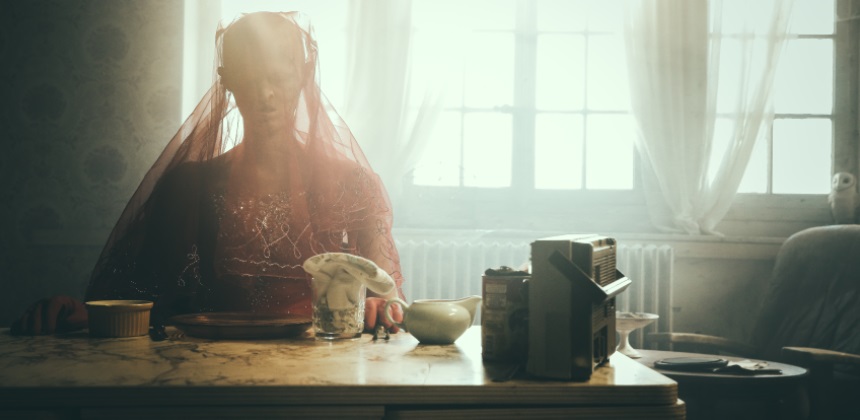
Simon (Jean Luc-Cochard) è un umile operaio della campagna francese che soffre di crisi psicotiche. La sua vita si alterna tra l’alienante lavoro in fabbrica e le cure prestate alla sorella Estelle (l’incredibile modella Melanie Gaydos), affetta da una forte disabilità motoria in seguito a un incidente di gioco di cui lo stesso Simon sembra attribuirsi la colpa. La salvezza per i due fratelli, intrappolati nelle rispettive prigioni corporee, sembra arrivare da entità spaziali con cui entrano in contatto.
L’ispirazione per il regista è la vera storia di un uomo che, non volendosi separare dalla sorella, ha dormito accanto al suo corpo per tre settimane: è chiaro quindi come l’amore fraterno sia il fulcro e la chiave di lettura di tutta l’opera. L’horror diventa lo strumento attraverso cui Quarxx indaga questo rapporto, lasciando lo spettatore disorientato, a cavallo tra realtà e allucinazione in un mondo ricco di misteri e segreti.
Proprio la creazione di questo mondo è l’elemento più interessante del film. La capacità di gestione dei personaggi secondari all’interno della storia è ciò che distingue Tous les dieux du ciel dagli altri film del genere. Personaggi generalmente trattati con superficialità sono qui presentati con estrema attenzione e inusuale profondità, al punto che molti di loro sono introdotti da lunghe sequenze di cui sono protagonisti, e in cui vengono presentate le loro misteriose vicende personali. Storie slegate dall’intreccio principale, nate dall’amore che il regista prova nei confronti di tutti i suoi personaggi. Nessuna di queste scene rallenta il ritmo del racconto ma, anzi, incuriosisce lo spettatore, donando spessore al mondo immaginario del regista; usciti dalla sala vi troverete riflettere sulla natura del rapporto tra Simon ed Estelle, ma anche a immaginare quanti film si nascondono tra le pieghe di tutte le side stories.
“IT COMES” DI TETSUYA NAKASHIMA
Tremate, tremate, il ToHorror Film Festival è tornato con la sua diciannovesima edizione e un film d’apertura firmato da Tetsuya Nakashima, intitolato It Comes, in concorso nella categoria lungometraggi. It Comes è un japanese horror che racconta di un viaggio infernale tra le menzogne di un padre e i segreti tormentati di una madre, entrambi manipolati da una presenza che credevano amica, impegnati nella lotta contro una sinistra e infernale presenza che vuole prendere possesso della loro figlioletta di due anni, la piccola Chisa.
Continua la lettura di “IT COMES” DI TETSUYA NAKASHIMA“IT – CAPITOLO DUE” DI ANDRÉS MUSCHIETTI
Il secondo e ultimo capitolo di It, firmato dall’argentino Andrés Muschietti, è uscito nelle sale di tutto il mondo giovedì cinque settembre. Il plot è semplice: a ventisette anni dalla vittoria del club dei perdenti, quest’ultimi, adulti, devono ritornare nella loro odiata cittadina di Derry, su richiesta di Mike Henlon (Isaiah Mustafa), dopo aver scoperto che It si è risvegliato.
Continua la lettura di “IT – CAPITOLO DUE” DI ANDRÉS MUSCHIETTI“CLIMAX” DI GASPAR NOE’
Ogni discorso su Noé si nutre dei pareri contrastanti che lo animano: c’è chi lo odia e chi lo ama. Tant’è che Climax, uscito l’anno scorso a Cannes – alla Quinzaine, non al Palais – prima di arrivare da noi ha già avuto il tempo di tracciare il solco tra i denigratori e i sostenitori. E così, da un lato, stando alla doxa luciferina, si fa una gran fatica a capire i meriti di questa sua quinta fatica cinematografica; e dall’altro, volendo invece dar retta ai suoi adoranti seguaci, il film è il vertice della sua filmografia, l’esempio lampante di un genio cinico ed estatico.
Continua la lettura di “CLIMAX” DI GASPAR NOE’“The Lodgers” by Brian O’Malley
Versione inglese a cura del Master in Traduzione per il Cinema, la Televisione e l’Editoria Multimediale
Article by: Dario Grande
Translation by: Melissa Borgnino
1920s. Next to a lake, in the middle of nowhere in the Irish countryside, stands an old crumbling mansion, where twins Rachel and Edward live. The lives of the twins, entangled in a morbid relationship, are constantly plagued by a curse that has been lingering over their family for generations. Every night, ominous forces that inhabit the bottom of the lake invade their house, and compel them to meticulously follow some rules: always be in bed by midnight, never let strangers inside the house, and never try to escape in order not to jeopardize the other sibling’s life.
“The Lodgers” di Brian O’Malley
Anni ’20. Accanto ad un lago, sperduta nelle campagne irlandesi, sorge una vecchia villa cadente, abitata dai gemelli Rachel ed Edward. La vita dei due giovani, stretti da un legame morboso, è quotidianamente assillata dalla maledizione che da generazioni regna sulla tenuta di famiglia. Ogni notte infatti, sinistre presenze – che abitano il fondo del lago – invadono l’abitazione, obbligando i gemelli a seguire delle precise regole: essere sempre a letto entro mezzanotte, non accogliere sconosciuti in casa, non tentare mai di scappare per non mettere a repentaglio la vita dell’altro. Continua la lettura di “The Lodgers” di Brian O’Malley
The Hallow by Corin Hardy
Article by: Luca Richiardi
Translation by: Kim Turconi
How do a young and loving couple react to the unknown?
The most primordial and essential life events can have serious effects on us, when they are experienced firsthand. The unknown is hidden behind the birth of a child, in the way in which such event changes the perception of the relationship between parents; the unknown can be found in tales and myths, among the folklore that is (or was) transmitted to children.
The Hallow, first feature film of the young British author Corin Hardy, deals with ambiguities and the unknown. The film initially titled “The Woods”, was premiered at the Sundance Festival, where it has been noticed for its qualities.
The Hallow is without any doubt a horror; it proudly represents the genre with all the trimmings and many clichés that are so appreciated by horror fans. We see a little family, happy to start their life together in their new isolated home surrounded by a lively, dark, dangerous forest. There is nothing wrong with using and abusing of such commonplaces, when it is done skillfully. This is what good films do, and they manage to do it in a stimulating and pleasant way.
Good films put the audience at ease by presenting a familiar atmosphere: a relaxed audience can be carried in different directions – even new directions – as long as the film itself is able to respect the audience. This is the case of The Hallow.
As he said himself during the press conference, Corin Hardy is a big fan of horror, especially of the golden age of Italian horror: the ’70s and ’80s variety of Dario Argento and Lucio Fulci – as evidenced by Corin’s shirt of Suspiria, worn with pride.
Hardy is well aware of what it needs to make a good horror film, and he shows great respect for his role models.
The Hallow is born from the legends of European folklore – Irish folklore in particular – and, for this reason, the film is set in Ireland itself. Hardy gathered together changelings, fairies, sylvan monsters, traditional creatures and he reshaped them with his own hands. He also showed to us some preliminary but beautiful sketches of the creatures design.
The Hallow is the result of measured quotations scattered throughout the film, good narrative choices that keep the tension high by playing on ambiguous situations, believable performances from the actors, great soundtrack and the light – almost invisible – hand of the director.
A horror film not to be taken lightly: it will scare, confuse and entertain you, and it will make you desire to watch another Corin Hardy’s film again.
Riaru Onigokko / Tag by Sion Sono
Article by: Luca Richiardi Translation by: Cristiana Caffiero
Life is surreal.
There are movies with no soul which just try to step towards any directions without a reason. There are movies that are just empty and dreary. Well, this movie is just their opposite. “Tag” is directed by Sion Sono: it violently breaks in and manages to find a sharp conclusion both in a literal and figurative way. It confuses the feelings and perception of its audience but it doesn’t hide the fact that it has lost the sense of perception itself. This film needs to show its total dismay in order to penetrate the subconscious side of its audience and finally break through its conscious one. However, “Tag” is not addressed to an ordinary audience, for the simple reason that the movie is directed by Sion Sono. It’s a typical Japanese film with its peculiar artistic language which could by perceived as unfamiliar by a western audience, or at least by an audience not acquainted with Japanese pop culture.
This kind of audience might fail to notice the potential for social criticism hidden behind an excess of grotesque violence, which may appear then as empty divertissement: what has been defined, in jargon (particularly in the world of anime, manga and videogames enthusiasts) sa fanservice.
What exactly is fanservice? Excessive and pointless violence, schoolgirls in extra short miniskirts which are constantly lifted, eroticism, promiscuity, reification of the woman.
“Tag” contains all these elements. It’s thrown onto the screen in a shameless, exaggerated, intentionally provocative way, as if to ask: “Is this what you want?” As the film unravels, laughing at all this becomes a gesture that makes the spectator feel guilty.
This collage made of absurdities, which people may have fun in, is a heaven for “nerd” teenagers and hides a cruel and dreadful hell. It reveals itself step by step, while we follow the young female protagonist Mitsuko in her absurd suffering.
Among all this violence, torture and death, her loss of identity is what mostly harms. It makes her appear to be an empty box or a mannequin identical to many others. She looks as a figure, whose not uniform nature may be compared to that of Jesus and therefore doomed to sacrifice. It is a kind of essential sacrifice, a spontaneous gesture which gets away from this torture pattern felt as a function of a sadistic pleasure. And it takes place exactly in front of a parody which blames and despises these masses of obsessive fans.
What is such a heroic sacrifice aimed at? It is understood, its aim matches the film’s one: a sabotage internal to the system so that it can penetrate deeper and, hopefully, it can be able to reach and consequently wake up consciences, in order to take them away from this grotesque circle of hell.
THE BABADOOK
Article by: Davide Bertolino
Translation by: Carla Cristina Loddo
After the success both of the critic and the audience at the Sundance Film Festival, The Babadook, first feature film by the newcomer Jennifer Kent, participates in competition at the Torino Film Festival. Even by following with absolute rigour the classical phases of horror films with a possession subject (the monster, the kid who plays with the presence, the mother initially incredulous), the Australian film cleverly avoids banality giving a new point of view, certainly in a more psychological and deeper way than numerous other products of the same genre.

